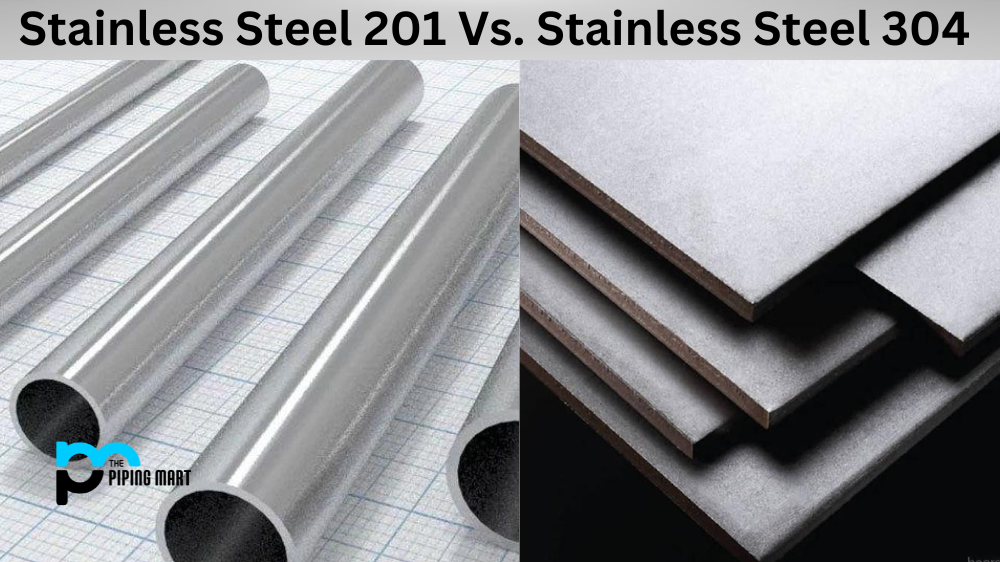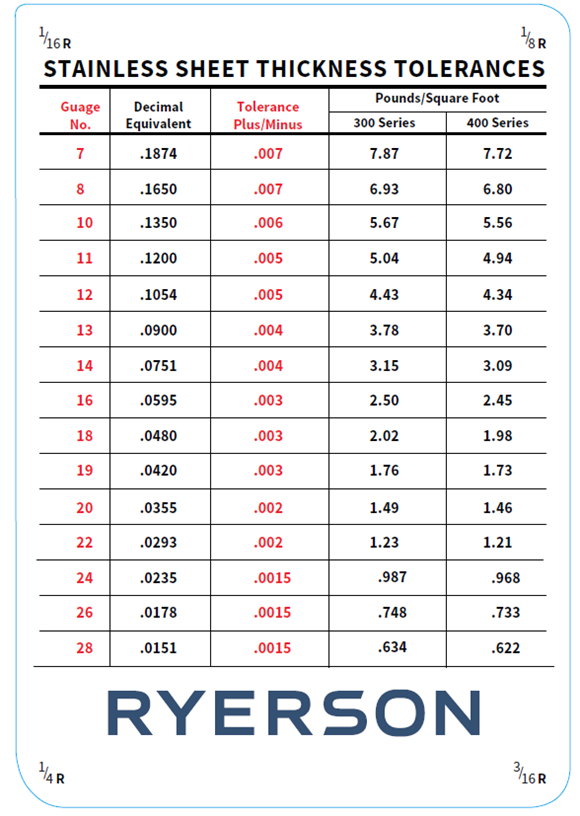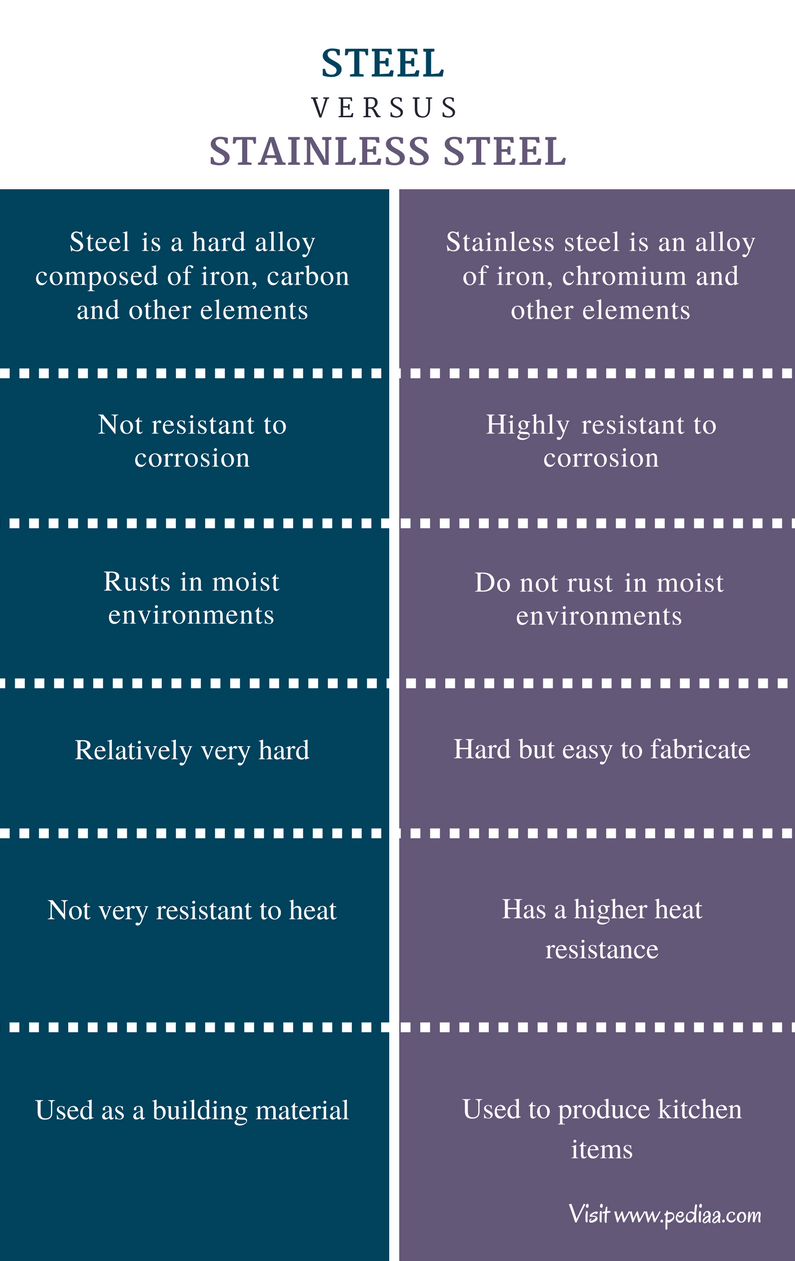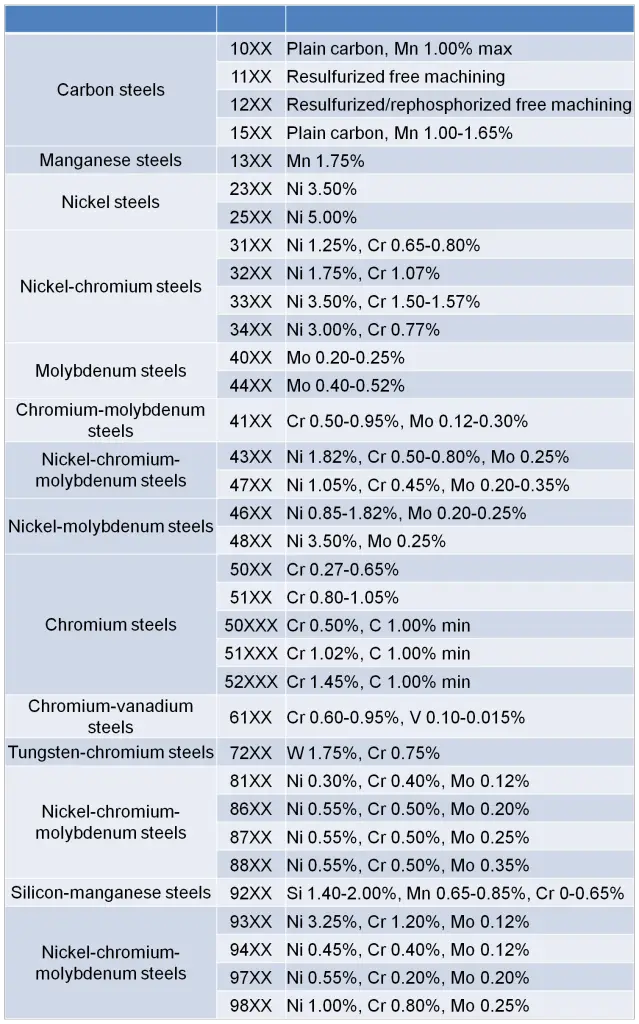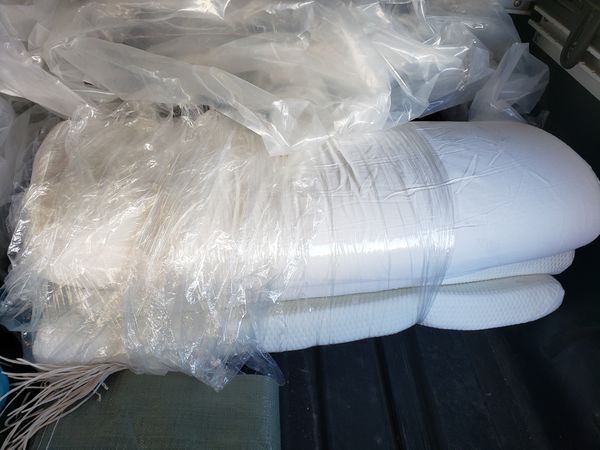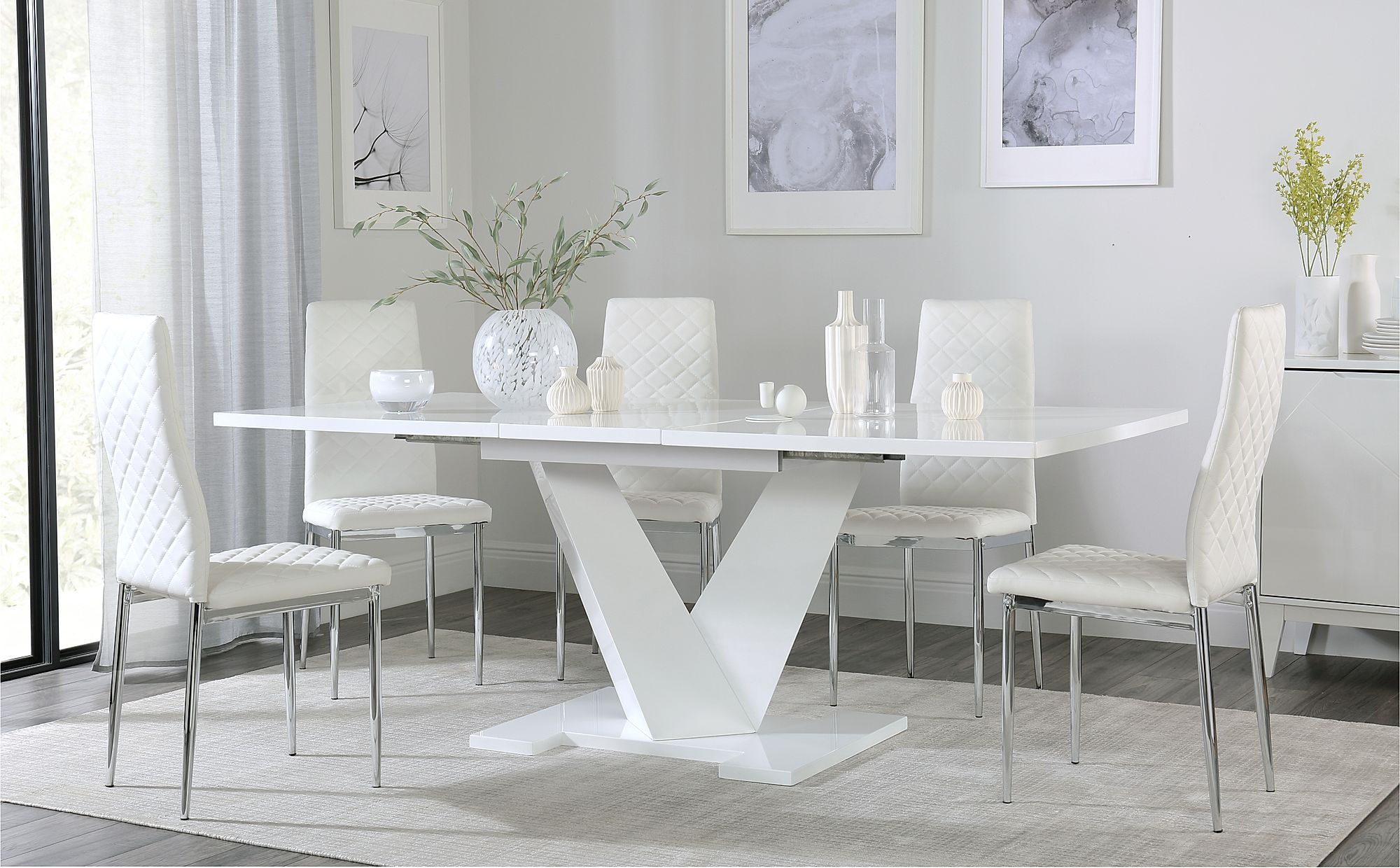When it comes to choosing the right material for your kitchen sink, the debate between 301 and 304 stainless steel often arises. While both are popular options, there are some differences between the two that may affect your decision. In this article, we will compare and contrast the two types of stainless steel to help you determine which is better for your kitchen sink.301 vs 304 stainless steel for kitchen sink
The short answer is, it depends on your needs. Both 304 and 301 stainless steel are high-quality, durable materials that are commonly used in kitchen sinks. However, they have different compositions and properties that make them better suited for different purposes.Which Stainless Steel Is Better: 304 or 301?
First, let's take a closer look at the composition of each type of stainless steel. 301 stainless steel contains less chromium and nickel compared to 304, but it has a higher percentage of carbon. This makes it harder and stronger than 304 stainless steel. On the other hand, 304 stainless steel has a higher percentage of chromium and nickel, making it more resistant to corrosion and rust.301 vs 304 Stainless Steel: What's the Difference?
Because of its higher carbon content, 301 stainless steel is more resistant to bending, stretching, and cracking than 304 stainless steel. This makes it a great choice for heavy-duty use, such as in commercial kitchens. However, 304 stainless steel is still a strong and durable material, making it suitable for everyday use in residential kitchens.Strength and Durability
As mentioned earlier, 304 stainless steel has a higher percentage of chromium and nickel, giving it better resistance to corrosion and rust. This makes it a great choice for kitchen sinks, as it will not easily stain or tarnish when exposed to water and other liquids. 301 stainless steel, while still resistant to corrosion, may require more frequent cleaning and maintenance to prevent rusting.Corrosion and Rust Resistance
Both 301 and 304 stainless steel have a shiny, silver appearance, but 304 has a slightly brighter finish. This makes it a popular choice for kitchen sinks as it gives a clean and modern look. 301 stainless steel, on the other hand, has a duller finish and may not be as aesthetically pleasing for some people.Appearance
When it comes to cost, 301 stainless steel is typically cheaper than 304 stainless steel. However, this may vary depending on the manufacturer and the specific properties of the steel. It's important to consider your budget when choosing between the two types of stainless steel for your kitchen sink.Price
Both 301 and 304 stainless steel are relatively low maintenance materials. However, because of its higher carbon content, 301 stainless steel may require more frequent cleaning and polishing to maintain its appearance. 304 stainless steel is generally more resistant to scratches and stains, making it easier to maintain over time.Maintenance
In the end, the choice between 301 and 304 stainless steel for your kitchen sink will depend on your specific needs and preferences. If you need a heavy-duty sink that can withstand a lot of use, 301 stainless steel may be the better option. However, if you want a more corrosion-resistant and visually appealing sink, 304 stainless steel is the way to go.Which Stainless Steel Is Best for Your Kitchen Sink?
Both 301 and 304 stainless steel are high-quality materials that are commonly used in kitchen sinks. While they have some similarities, they also have distinct differences that may affect your decision. Consider the strength, corrosion resistance, appearance, price, and maintenance needs when choosing between the two for your kitchen sink. Ultimately, the best choice will depend on your individual needs and preferences.In Conclusion
The Best Choice for Your Kitchen Sink: 301 vs 304 Stainless Steel
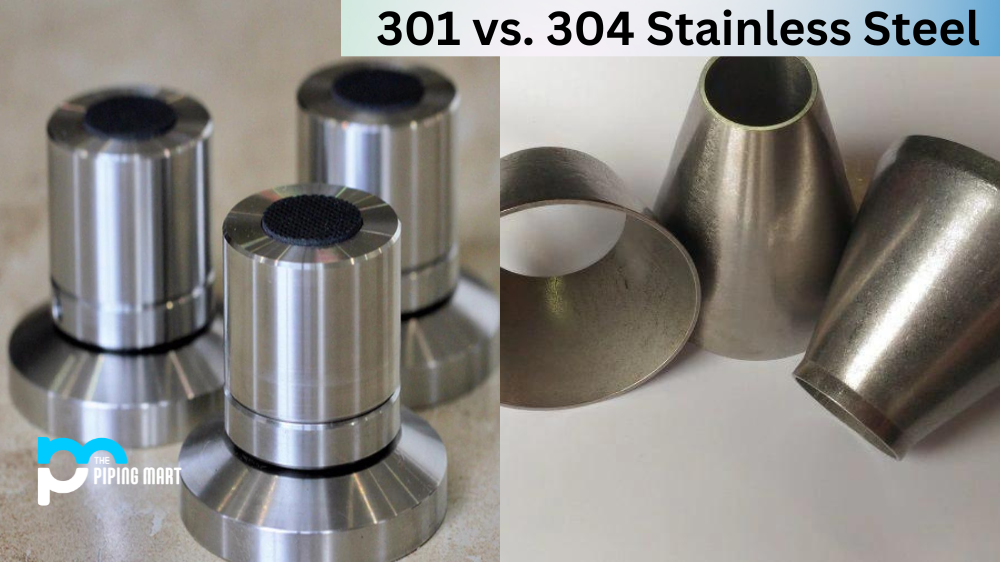
Understanding the Differences
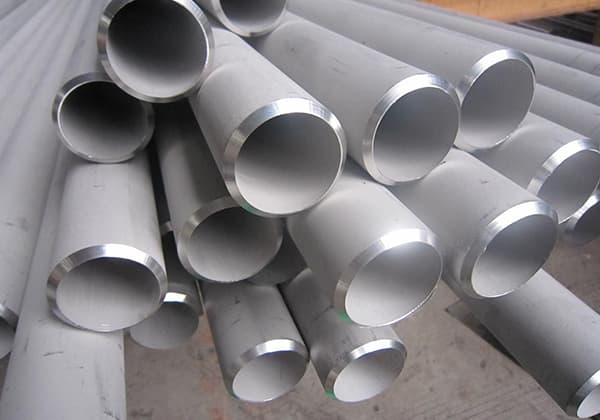 When it comes to designing or renovating your kitchen, one of the most important decisions you'll have to make is choosing the material for your sink. While there are many options available, stainless steel remains a popular choice for its durability, versatility, and aesthetic appeal. However, within the stainless steel category, there are various grades to consider. The two most common grades used for kitchen sinks are 301 and 304 stainless steel. So, which one is the best choice for your kitchen? Let's dive into the differences between the two.
When it comes to designing or renovating your kitchen, one of the most important decisions you'll have to make is choosing the material for your sink. While there are many options available, stainless steel remains a popular choice for its durability, versatility, and aesthetic appeal. However, within the stainless steel category, there are various grades to consider. The two most common grades used for kitchen sinks are 301 and 304 stainless steel. So, which one is the best choice for your kitchen? Let's dive into the differences between the two.
Composition and Properties
 301 and 304 stainless steel are both austenitic stainless steels
, meaning they contain high levels of chromium and nickel. This gives them excellent corrosion resistance, making them ideal for use in a wet and humid environment like a kitchen. However, the main difference between the two lies in their carbon content. 301 stainless steel has a higher carbon content than 304, making it harder and stronger. On the other hand, 304 stainless steel has a lower carbon content, making it more malleable and easier to work with.
301 and 304 stainless steel are both austenitic stainless steels
, meaning they contain high levels of chromium and nickel. This gives them excellent corrosion resistance, making them ideal for use in a wet and humid environment like a kitchen. However, the main difference between the two lies in their carbon content. 301 stainless steel has a higher carbon content than 304, making it harder and stronger. On the other hand, 304 stainless steel has a lower carbon content, making it more malleable and easier to work with.
Strength and Durability
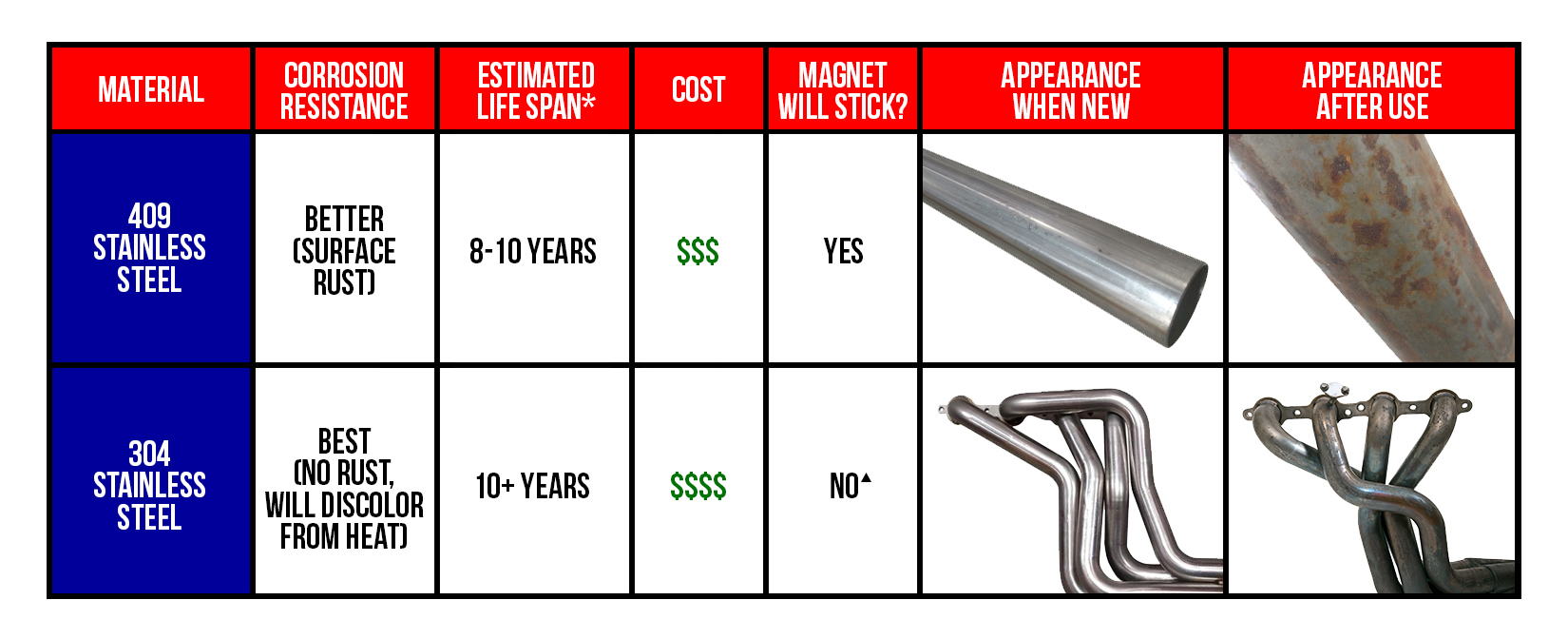 Due to its higher carbon content,
301 stainless steel is stronger and more durable than 304
. This makes it a great choice for heavy-duty kitchen sinks that will be subjected to frequent use and heavy loads. However, this also means that 301 is more prone to scratches and dents. 304 stainless steel, with its lower carbon content, is less likely to show scratches and dents, making it a better choice for a more low-maintenance kitchen sink.
Due to its higher carbon content,
301 stainless steel is stronger and more durable than 304
. This makes it a great choice for heavy-duty kitchen sinks that will be subjected to frequent use and heavy loads. However, this also means that 301 is more prone to scratches and dents. 304 stainless steel, with its lower carbon content, is less likely to show scratches and dents, making it a better choice for a more low-maintenance kitchen sink.
Cost and Availability
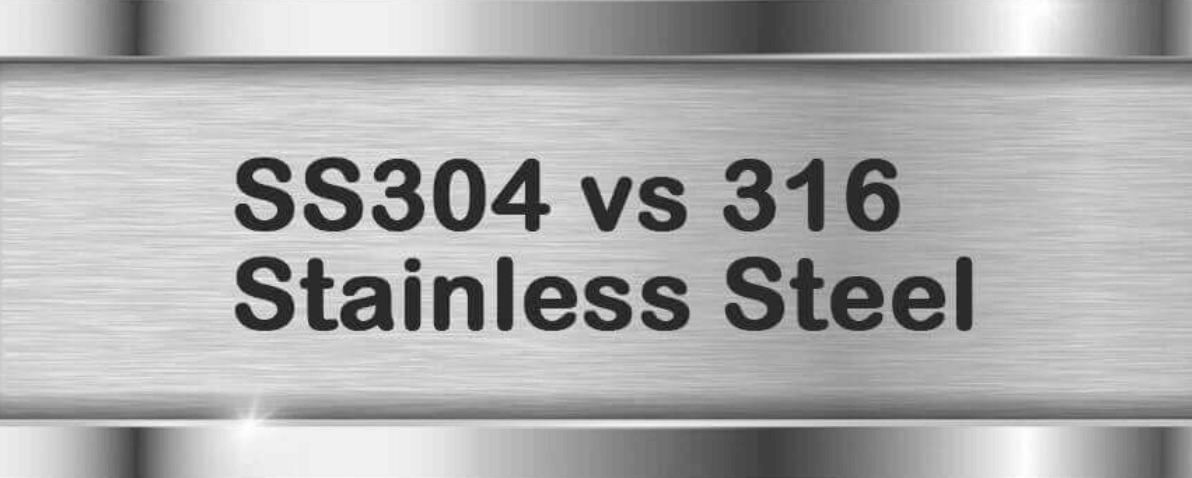 304 stainless steel is more widely available and less expensive than 301
. This is because 304 is the most commonly used grade of stainless steel in various industries, including kitchen sinks. On the other hand, 301 is a higher grade and is typically used for more specialized applications, making it less readily available and more expensive.
304 stainless steel is more widely available and less expensive than 301
. This is because 304 is the most commonly used grade of stainless steel in various industries, including kitchen sinks. On the other hand, 301 is a higher grade and is typically used for more specialized applications, making it less readily available and more expensive.
Which One Should You Choose?
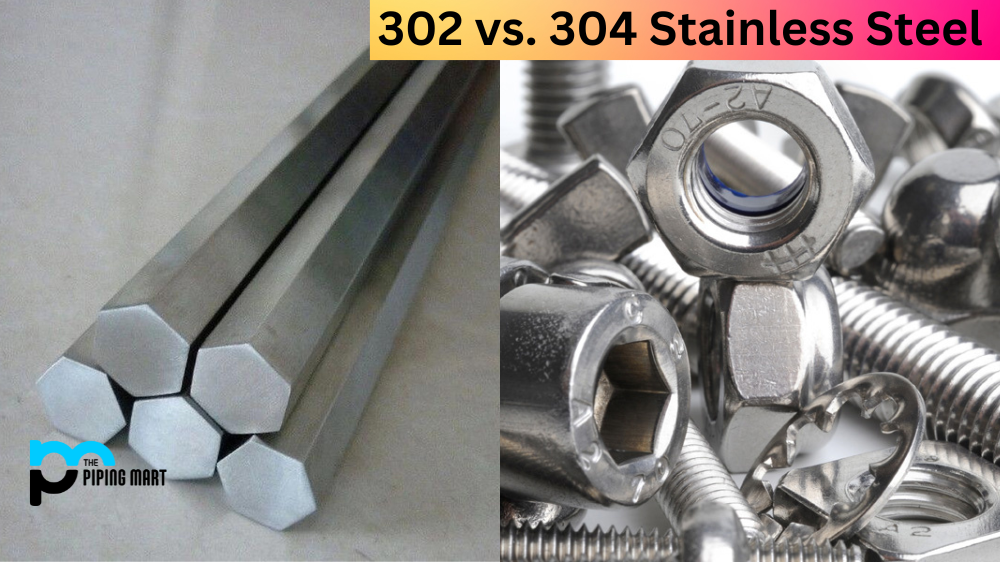 The decision between 301 and 304 stainless steel for your kitchen sink ultimately depends on your specific needs and preferences. If you want a strong and durable sink that can withstand heavy use, 301 may be the better choice. However, if you prefer a more affordable and low-maintenance option, 304 may be the way to go. Ultimately, both grades of stainless steel offer excellent qualities for a kitchen sink, so it's important to weigh the pros and cons and choose what best fits your lifestyle and budget.
The decision between 301 and 304 stainless steel for your kitchen sink ultimately depends on your specific needs and preferences. If you want a strong and durable sink that can withstand heavy use, 301 may be the better choice. However, if you prefer a more affordable and low-maintenance option, 304 may be the way to go. Ultimately, both grades of stainless steel offer excellent qualities for a kitchen sink, so it's important to weigh the pros and cons and choose what best fits your lifestyle and budget.
In Conclusion
 When it comes to choosing between 301 and 304 stainless steel for your kitchen sink, it's important to consider the differences in composition, strength, cost, and availability. Both grades have their own unique qualities and benefits, so it's important to assess your specific needs and make an informed decision. No matter which one you choose, a stainless steel kitchen sink is a timeless and practical addition to any kitchen design.
When it comes to choosing between 301 and 304 stainless steel for your kitchen sink, it's important to consider the differences in composition, strength, cost, and availability. Both grades have their own unique qualities and benefits, so it's important to assess your specific needs and make an informed decision. No matter which one you choose, a stainless steel kitchen sink is a timeless and practical addition to any kitchen design.
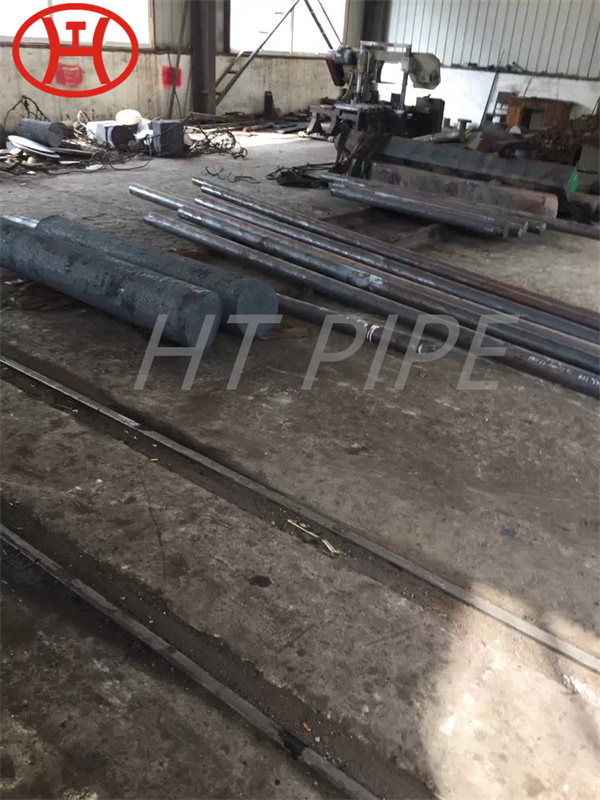


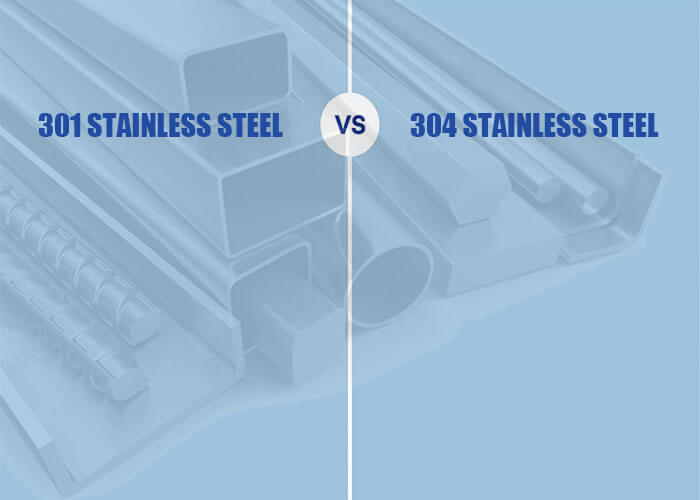


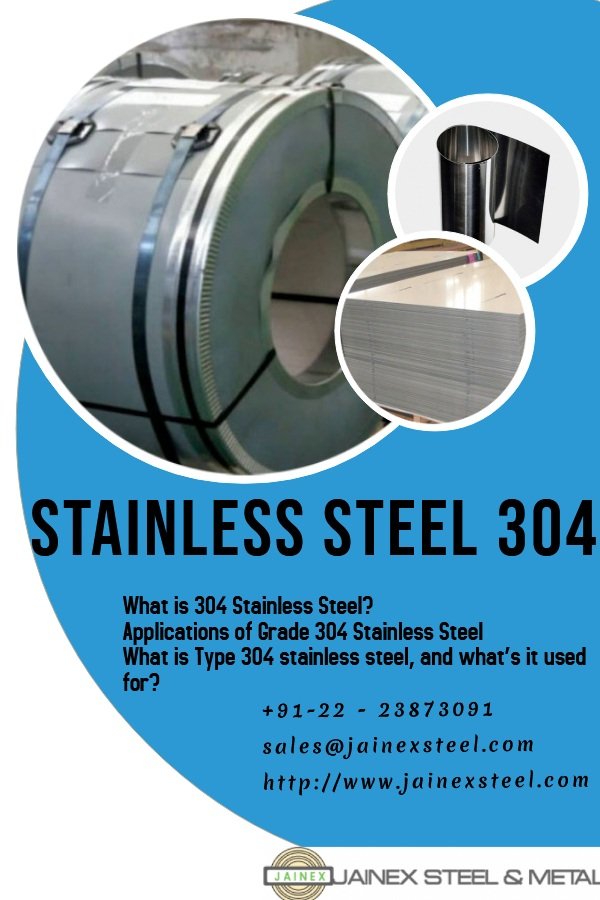
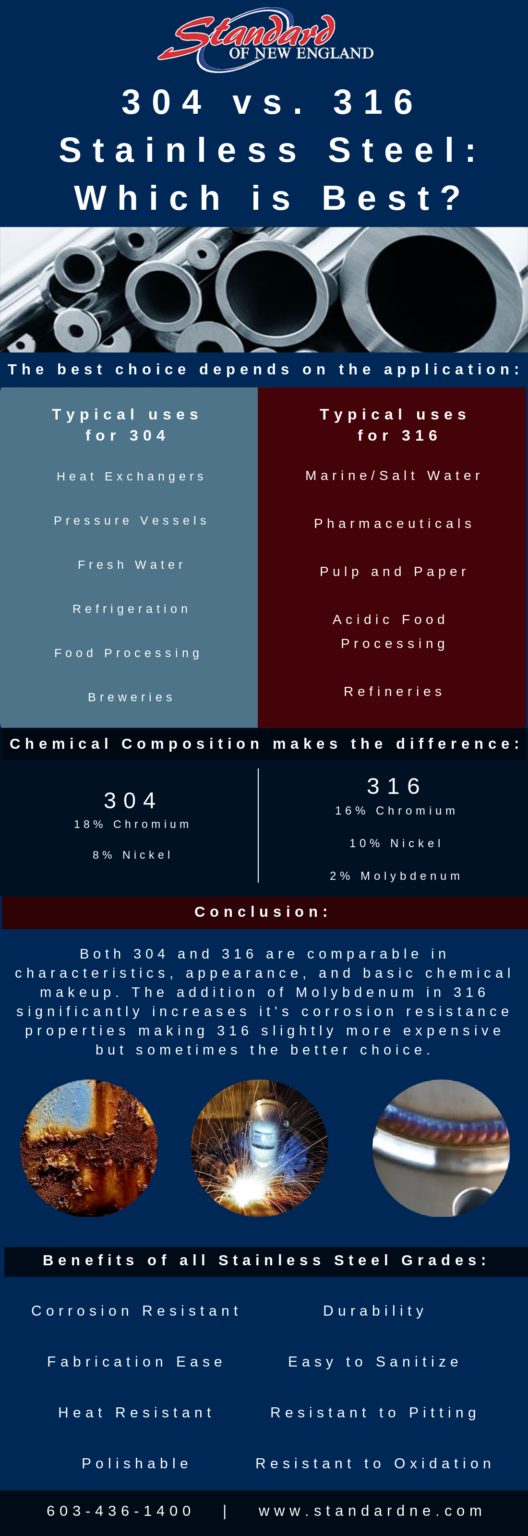


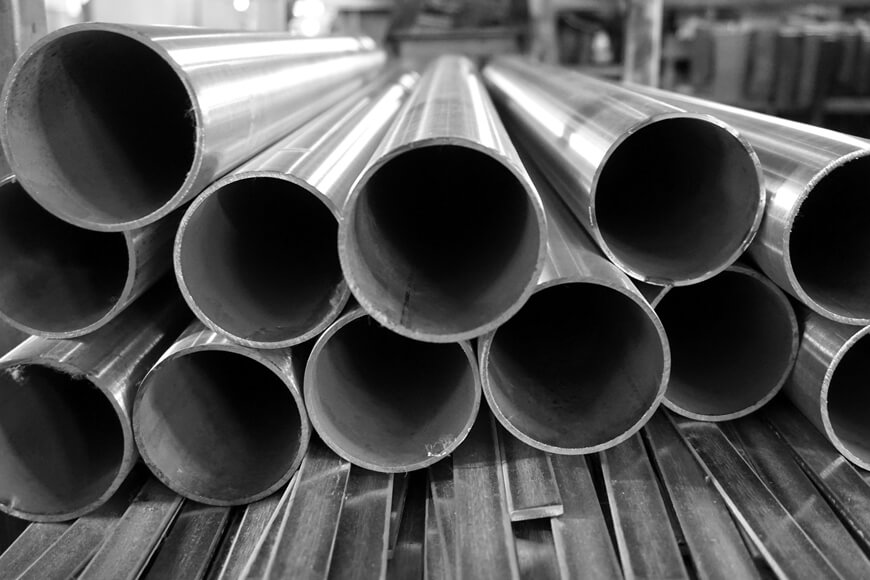

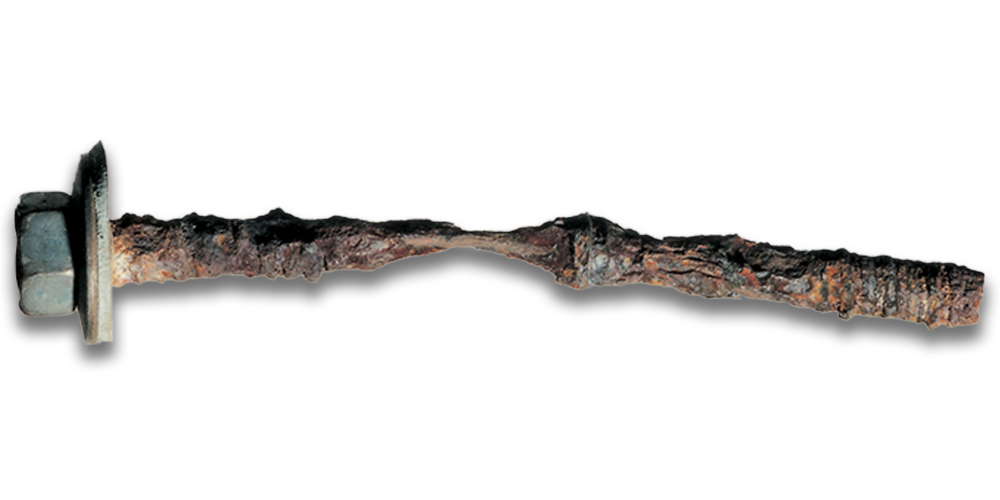


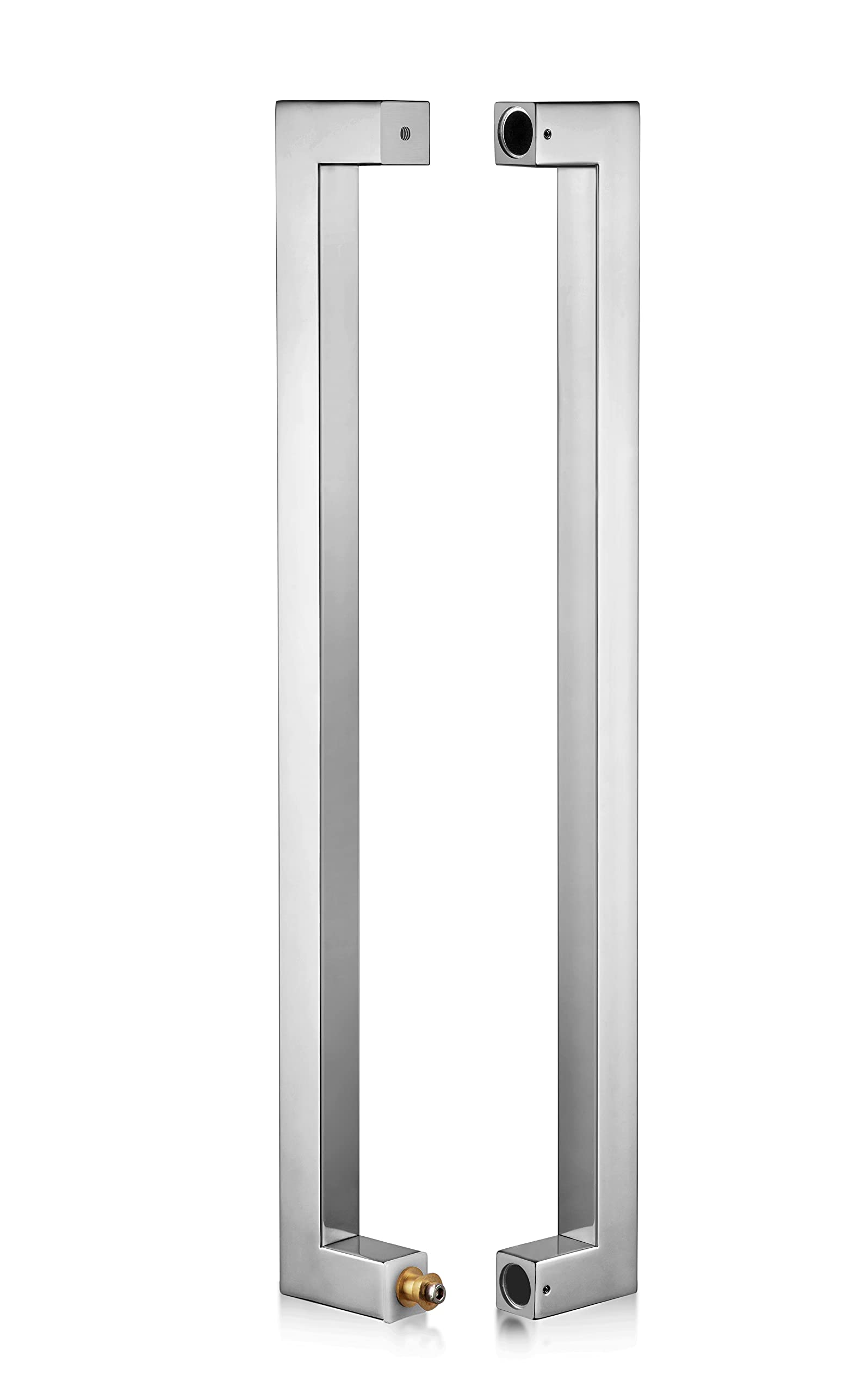
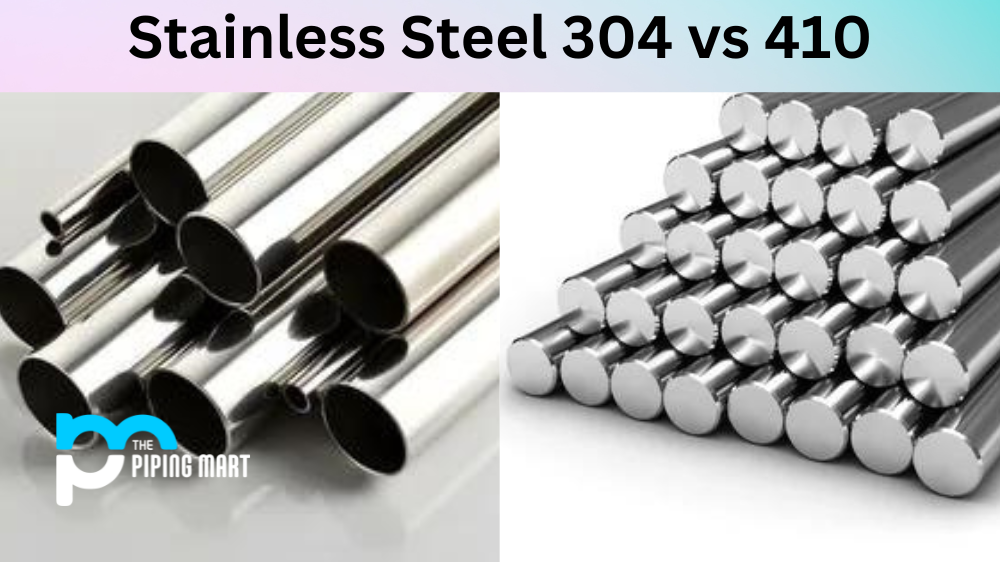
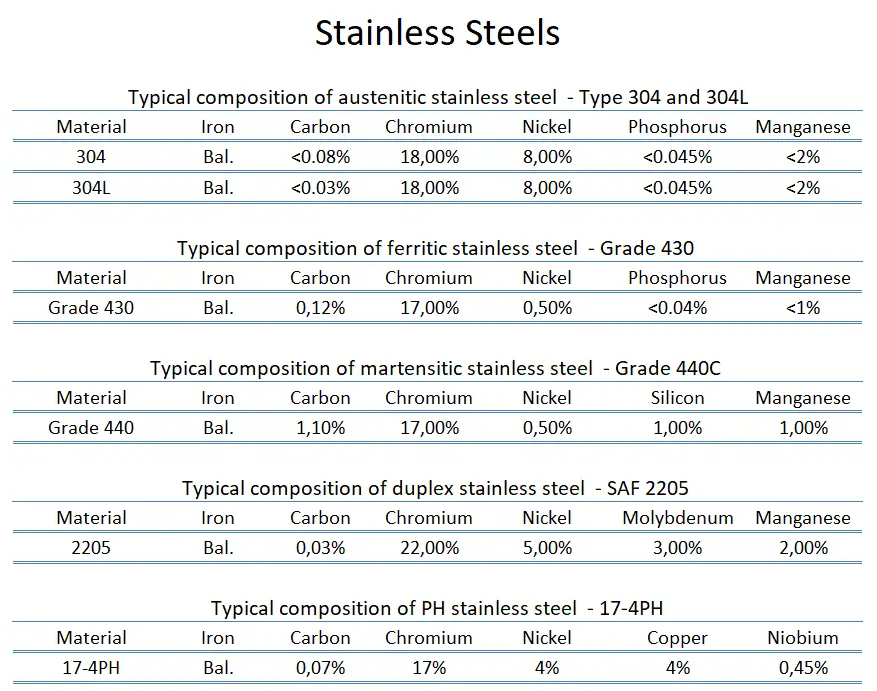
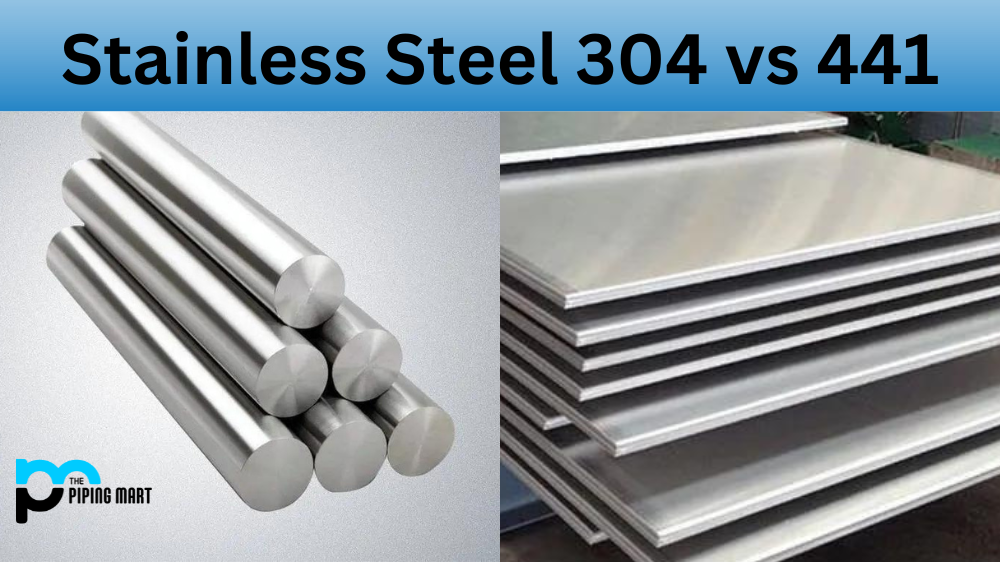
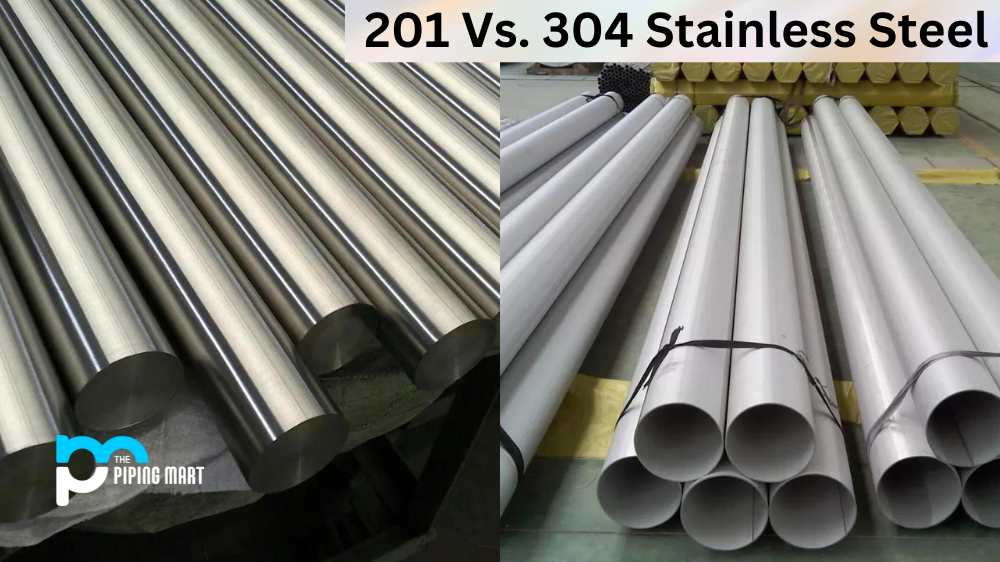


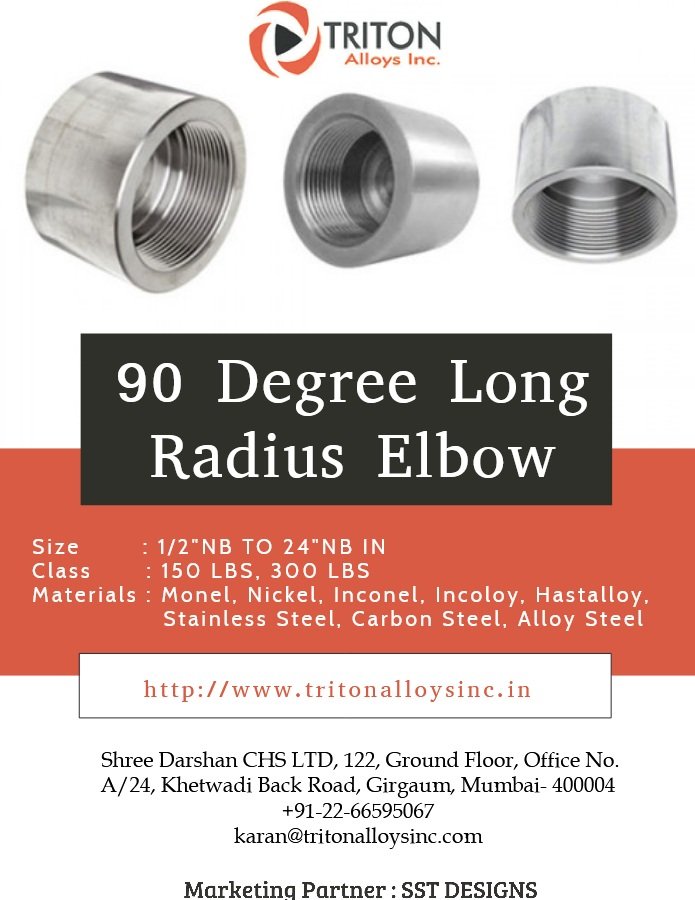

.ashx?h=445&w=850&hash=534A4E58B78FABA7C61410CB2692813F)

